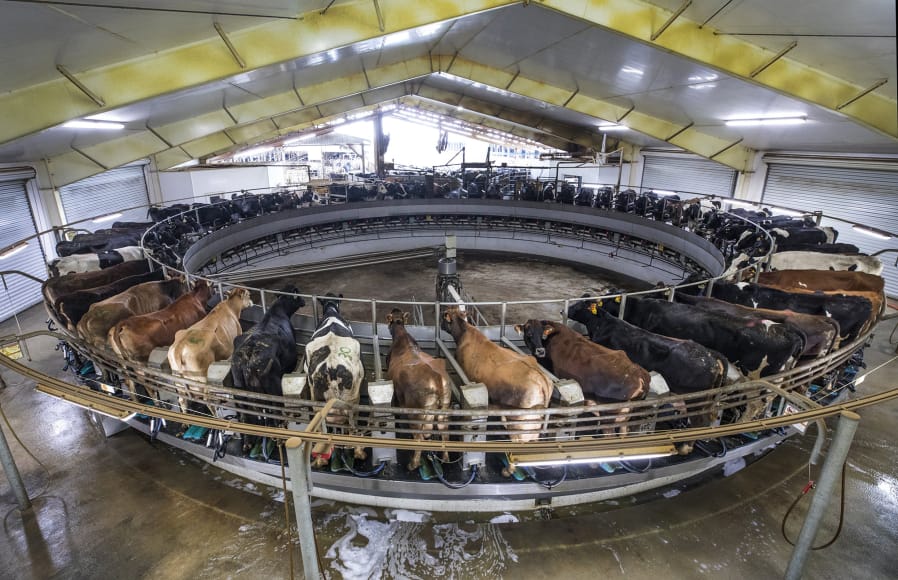For fifth-generation dairyman Jeremy Visser, 2014 was a record-breaker. Amid soaring global demand for U.S. milk products, Visser made about $500 on each of the 4,000 cows he was running in Stanwood and four other Western Washington dairy operations.
But a year later, as those sweet trade conditions began to sour, Visser’s fortunes also turned. In both 2016 and 2017, milk prices fell so low that Visser lost $100 on each cow. By 2018, the per-cow losses topped $300.
Visser pulled through, in part by mortgaging “everything I owned.” But at least 50 dairy farmers he knows have left the business. The last few years “have been tremendously difficult on us,” says the 42-year-old father of three.
Visser could be speaking for most of the roughly 350 dairy farmers still in business in Washington, which as recently as 2007 boasted more than 800 dairy farms, according to the U.S. Department of Agriculture.



